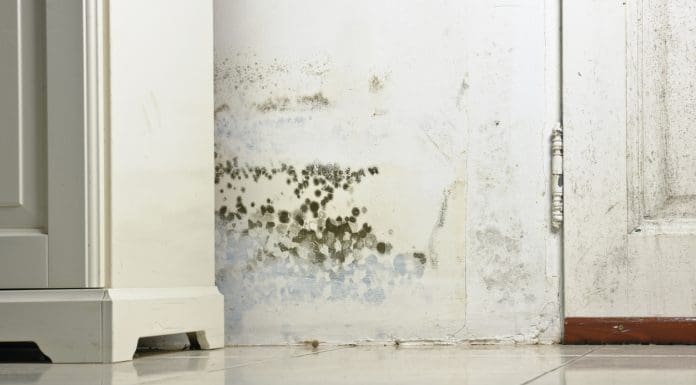David Bly, managing director of Cornerstone Management Services, a company providing independent expert property health surveys, believes more can be done to fight year-on-year damp, condensation and mould issues in buildings
For many involved with managing and upholding structural health, it could be argued there needs to be a ‘reset’ with regard to how structures are assessed for these reported issues-especially when it comes to damp and mould.
The potential use of ‘blame’ is not an option and can be replaced with ‘did you know’ since many occupants may not be aware of the impact some everyday activities have on the internal conditions as a whole.
Therefore, sharing knowledge and guidance in a defined, recognisable manner could be a significant consideration when commencing an investigation into a reported problem.
The UK has some of the oldest housing stock in Europe
The UK has a myriad of building stock construction types, periods and methods and, with this in mind, any inspections for reported damp and mould, or indeed designated improvements, must, in the opinion of Cornerstone, embrace these important elements as they can all play an active role in maintaining desired structural health goals.
Did you know, the existing permeability of a structure, ie its leakiness, is a key recognition prior to any intended ‘improvements’ as it affects the prevailing atmospheric conditions alongside the resultant internal comfort of occupants?
In addition, determining the permeability rating aligns with the Whole Dwelling Ventilation Rate such that, if we also sought to embrace net zero in the absence of structural and atmospheric understanding, could we witness more problems in the future?
New legislation calls for timely responses to reported issues and qualifications for those dealing with managing property health. There will be a strong desire to embrace key knowledge for meeting compliance and effectivity within the stipulated timelines and Cornerstone undertakes CPD-accredited training for understanding damp and mould for all administrative and technical staff.
With a greater understanding for all involved, including occupants armed with more feasible understandings of their property and atmospheric management, this will not only reduce annual spend but also reduce any “re-spend” activities armed with a greater understanding of improvement expectations.
However, and of note, while it is fully recognised not all occupants will embrace guidance for their everyday activity management, it is Cornerstone’s belief many will indeed embrace a “I didn’t know that” perspective if it aligns to improved internal health in the building they occupy.
Cornerstone is of the opinion an improved approach can be achieved by rethinking how complaints are recorded, how responses are managed and how credible knowledge in a recognised format can be utilised and delivered to occupants for greater understanding and improved conformity.
Notably, damp and mould are separate elements and alone would require bespoke approaches for each issue because damp tends to identify itself with spoiling, blistering, cracking and darkening of affected surfaces.
Mould, however, can reside on any surface where respective nutrients are available, including structures and contents items and, if the conditions are suitable and not disturbed for a number of days, their development can occur in the absence of wet or damp buildings.
Helping you and your tenants better understand damp and mould
Cornerstone is sharing its knowledge in a unique Property Health Application that allows landlords and property managers to register their occupants online for immediate 24/7 guidance for a visual issue alongside simplistic yet key opportunities to resolve the matter ahead of a formal complaint.
If this issue is not resolved, images and notes can be sent back to the landlord/manager for a proactive resolution.
The knowledge is delivered in a sensible and recognisable format for all concerned and, if complex cases still persist, Cornerstone remains ready to assist – when you need them!
A greater understanding of structural and atmospheric behaviour with a uniform approach will underpin landlord confidence, with their improvements concluded in a defined approach while providing bespoke guidance to occupants for an improved healthier internal living and working condition.
In addition, key trend data for ongoing stock management is a system deliverable since each landlord/management company will likely be maintaining a host of structural types and geographical locations across the United Kingdom.
To learn more of the unique application and how you can obtain a complimentary trial period, or discuss any issues, scan the QR code or contact us now.
The post Damp & mould: Sharing causation knowledge appeared first on Planning, Building & Construction Today.


